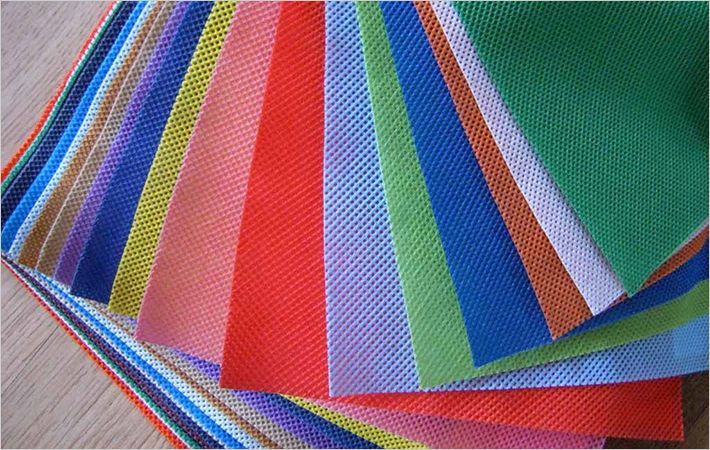According to the Hohenstein Institute, Graphene is a single layer of carbon just one atom thick, in the form of a honeycomb lattice made up of hexagons.
“This layer, just a few nanometres thick, can only be seen under a scanning tunnelling microscope and holds within it the technology of tomorrow,” it says in a press release.According to the Hohenstein Institute, Graphene is a single layer of carbon just one atom thick, in the form of a honeycomb lattice made up of hexagon#
The material is multifunctional: ultra-thin and therefore transparent, an extremely efficient conductor of electricity and heat, with higher tensile strength than steel, yet flexible and abrasion-resistant and impermeable to gases.
“These outstanding properties of graphene mean that it has many potential uses in industry, however, use of graphene in the textile sector has so far been somewhat overlooked.” it adds.
A research project run by the Hohenstein Institute in partnership with other companies is now working to unravel the mysteries of the material.
The team is working within the EU research funding programme "M-era.Net" on the German sub-project called "GRAFAT – Using graphene for the surface modification of textiles in heat protective clothing".
Over the next three years, the partnership will be investigating to what extent the surface of textiles can be changed using graphene modifications with a view to later applying the process, to heat protective clothing.
Graphene has all kinds of positive properties which would revolutionise this sector and this research makes us world leaders in using graphene modification on textile surfaces," says team leader, Dr. Paul.
The transformation of the various graphene modifications into stable aqueous dispersions is being carried out by Iolitec.
The aim of the Hohenstein research team is to develop stable techniques for applying aqueous graphene dispersions, so that they can be used as a permanent coating on different textile surfaces.
A range of different graphene modifications like graphene oxide or multi-layer grapheme are being considered, since they each have different properties.
The newly developed surface modifications for the various textiles will then be analysed for their suitability for heat protective equipment.
Using graphene to modify the surface can significantly improve the flame-retardant properties of a textile and can act as a physical barrier, effectively preventing the penetration of heat and gases.
At the same time, graphene also has the potential to prevent the thermal decomposition of the textile and another benefit is its resistance to abrasion and rupture, about 200 times higher than that of steel.
“These qualities also make graphene extremely interesting for applications in the field of personal protective equipment, the institute informs. (AR)
Fibre2fashion News Desk - India

